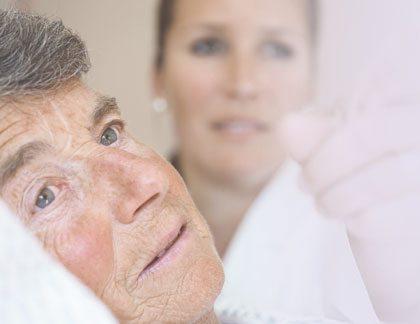The number of Spanish-speaking cancer patients continues to grow. However, researchers have found that the volume of material that they can access and read on the Internet is minimal. In a recent press release, researchers said that there is an urgent need to have more Spanish-language materials for Spanish-speakers.
Researchers with the American Society for Therapeutic Radiology and Oncology determined that Spanish-speaking cancer patients did not have as much access to the Internet as English-speaking cancer patients, based on user patterns for these groups of Internet users.
The University of Pennsylvania has developed and manages a cancer information web site, OncoLink. OncoLink publishes web pages about cancer treatment in both the English and Spanish languages.
The number of unique visitors to their Spanish-language web site more than quadrupled over the last year. In contrast, the number of unique visitors to their English-language version of the same web site remained stagnant during the same period of time.
The English-language version of OncoLink has had nearly 2 million visitors in the past year.
The Spanish-language companion, OncoLink en espanol, was launched in 2005, but has seen the number of visitors skyrocket. In January 2006, the Spanish-language site averaged 7,000 visitors a month. By the end of 2006, the same site was averaging 29,000 unique visitors every month.
In addition to finding differences in their ability to access the Internet, and the number of visitors to it’s web site, researchers also noted that there were differences in the type of information that was being searched for by its Spanish-speaking visitors. They also found that the time of day influenced activity on the Spanish-language cancer information web pages.
By analyzing this data, researchers concluded that Spanish-language users accessed the Internet less during the weekend and morning hours when compared to the people who were accessing the English-language materials. This suggests that the Spanish-language users probably used the Internet at work, the library, or at another location that offered special services, instead of accessing the Internet from their homes.
Spanish-language users also searched for different data than their English-speaking counterparts.
“There is an urgent need for more Web-based information to be more available to Spanish-speaking patients with cancer, and Internet access needs to be more widely available. The increased knowledge gained among these patients will help to eliminate healthcare disparities and lead to improved medical outcomes,” said Charles Simone II, M.D., a radiation oncologist at the Hospital of the University of Pennsylvania in Philadelphia.
Source:
http://www.newswise.com/p/articles/view/534641


